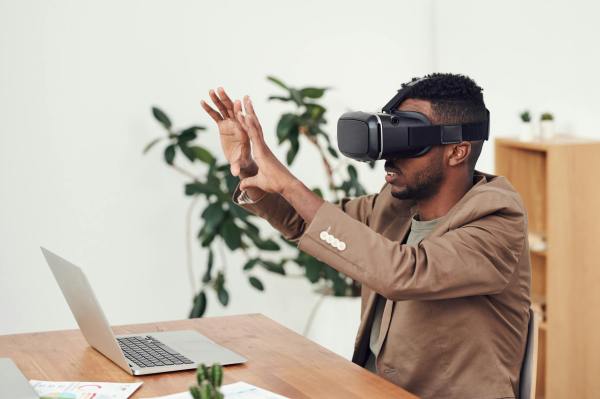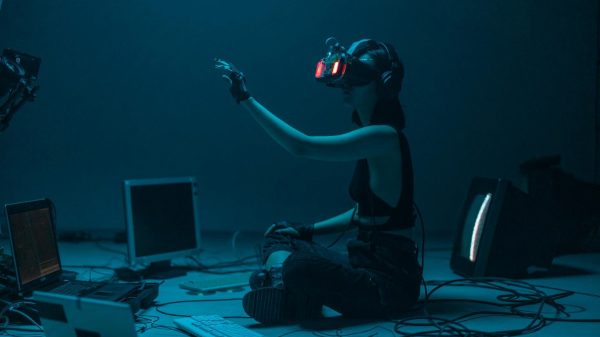In this virtual space, users can interact through an avatar, in a way that is similar to real life. Virtual environments offer different uses, from leisure (similar to video games) to training (as a tool for academic institutions, thus linking theory and practice). Thanks to the possibility offered by these virtual worlds for users and companies to interact in a way that is similar to the physical world has meant that the energy sector in the metaverse has found a powerful tool to connect with its customers and users.
Possibilities for the energy sector in the metaverse
The metaverse can be an opportunity for the energy sector. As with all technological advances, the possibilities will become known as the tool is experimented with and popularised. In the metaverse, energy companies can find three very clear benefits:
- Communication channel: In the metaverse, parallel worlds are designed where users, represented by their avatars, also have real needs. It is precisely the energy sector in the metaverse that can take advantage of the virtual environment to interact with users and build user loyalty, as is the case in social networks. Energy suppliers can create activities of professional and recreational interest. In short, spaces that favour the company’s brand image.
- Learning platform: One of the advantages offered by virtual universes is the possibility of developing virtual twins spaces that mimic real infrastructures. This factor is of great interest for the training tasks of energy companies, since in the real world they can entail serious risks. Employees will be able to train their skills in a totally realistic way, but in a playful and didactic environment.
- Industrial replicas: Just as training environments can be designed, industrial spaces can virtually execute changes and adjustments to energy infrastructures in a realistic way. In this context, companies can optimise their resources by testing their risks, errors and costs in a secure environment, using the same principle as the digital twins.
Energy implications
The possibilities offered by the metaverse to the energy industry are vast and are already a reality. In South Korea, the first virtual factory set in a metaverse environment has opened, where employees wearing virtual reality goggles can observe the plastic manufacturing process.
Another relevant factor is energy savings, a matter of debate among experts. On the one hand, there is a sector that proposes the metaverse as a disadvantage for energy savings, as it may increase emissions. The virtual environment is composed of multiple media and energy systems and will therefore require large doses of energy.
On the other hand, there is an area of practitioners who support the metaverse as an energy and resource optimiser. This space is capable of simulating all kinds of environments in which a wind farm or power plant operator, for example, might be involved. It certainly opens up a new route for workers, in this virtual environment they can learn to handle complex tools. This saves companies time, costs and, above all, risks.
Energy savings in virtual transport
Another race that the virtual world has already won with regard to energy is mobility. The metamobility changes the traditional transport system, from autonomous cars to remote control with intelligent robots. Although it may seem like science fiction, distances will become inconsequential.
And how can the metaverse help to save energy in transport? It is simple, with this technology the population could reach zero commuting costs, as the space spans from work to leisure. In this environment, users can carry out almost any activity, go to the cinema, work, play sports, enjoy concerts, drive, etc. All these benefits are translated into minimal real fuel costs. One option is to replace physical mobility with virtual mobility through applications, thus improving users’ quality of life.
Digital twins and decarbonisation
Societies are gradually building a more efficient world, and to do so, cities must be decarbonised. Digital twins are an important starting point for energy savings and decarbonisation. These virtual representations of processes or elements can achieve sustainability of the real planet.
Virtual twins can make a big impact in terms of sustainability, as in real life they are responsible for 70% of CO₂ emissions. As the consultancy firm EY, the use of the metaverse can reduce emissions by up to 50%, increase operational efficiency by 35% and productivity by 20%.
Virtual mobility, based on metaverse technology, has great potential to reduce greenhouse emissions and save energy. However, human beings need time and resources to succeed in changing the industrial model that has governed the world for more than a century.








